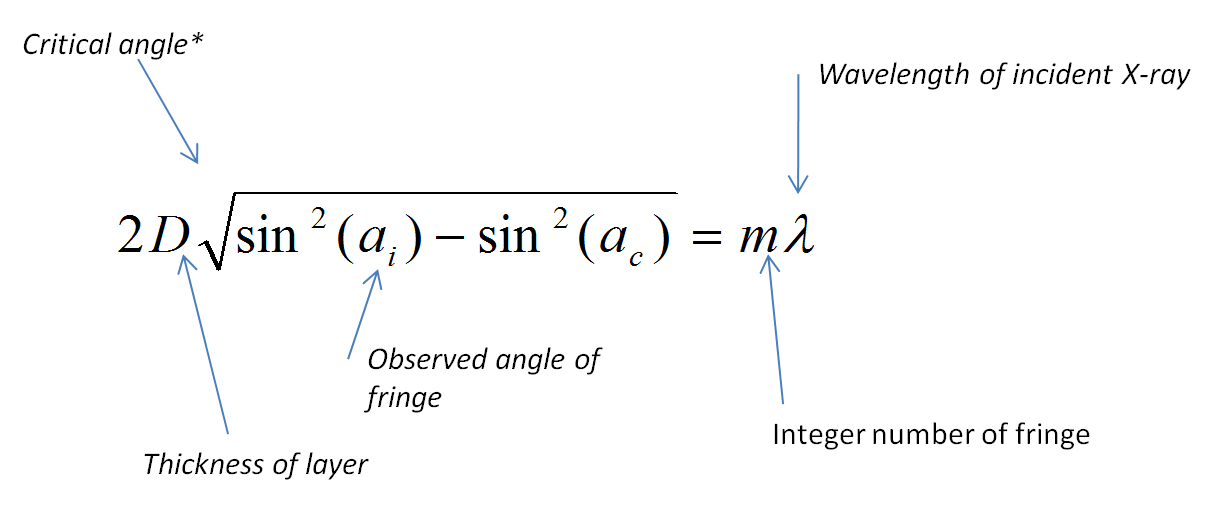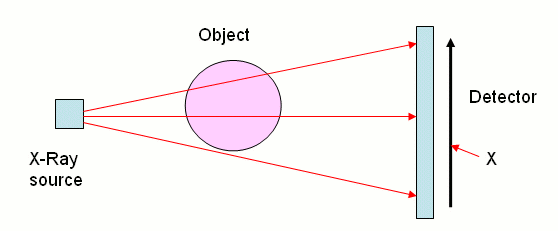X-Rays: Difference between revisions
| Line 46: | Line 46: | ||
==References== | ==References== | ||
https://plus.maths.org/content/saving-lives-mathematics-tomography | |||
https://www2.warwick.ac.uk/fac/sci/physics/current/postgraduate/regs/mpags/ex5/techniques/structural/gixrd/ | |||
Revision as of 23:36, 5 December 2015
Short Description of Topic
The Main Idea
X-rays are an electromagnetic wave with high energy and very short wavelengths. X-rays are capable of passing through many materials that would be opaque to light.
X-rays are also commonly used in the medical field and serves as an essential role in producing images of internal compositions.
A Mathematical Model
X-Ray Reflectivity
Examples
Simple
In this image there are some X-rays passing through the entirety of the object, so their intensity is low; however, there are others that pass through less of the object, meaning less of the X-ray is absorbed. Given this information, the basic dimensions can be determined.
Connectedness
- X-rays are a part of Electromagnetic Radiation, and I have always been interested in this subject in general, including visible light.
- X-rays are commonly used in the medical field, as they can produce an image of an internal composition.
History
X-rays were discovered by German physicist Wilhelm Rontgen in 1895.
See also
Electromagnetic Radiation
Light Waves
External links
https://plus.maths.org/content/saving-lives-mathematics-tomography
References
https://plus.maths.org/content/saving-lives-mathematics-tomography

